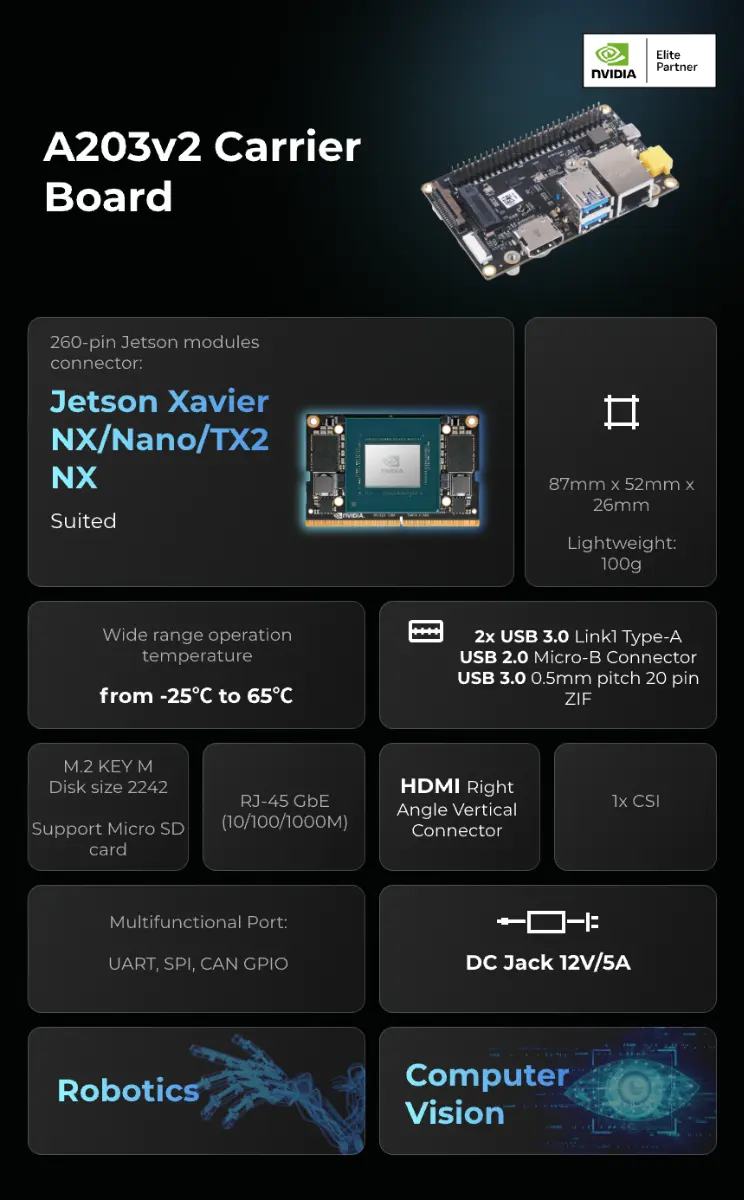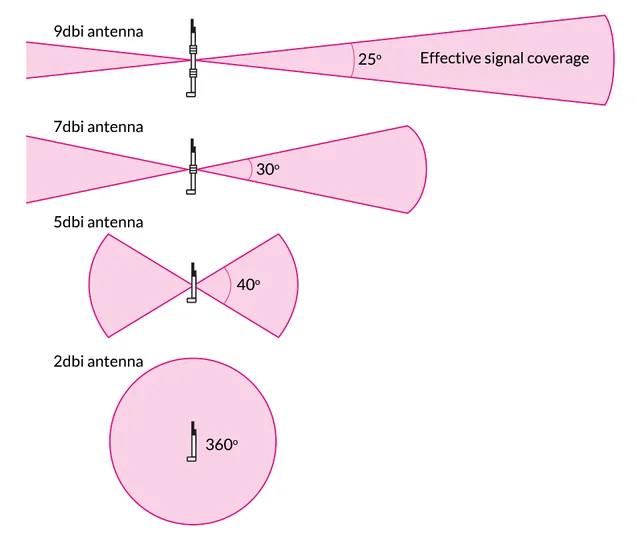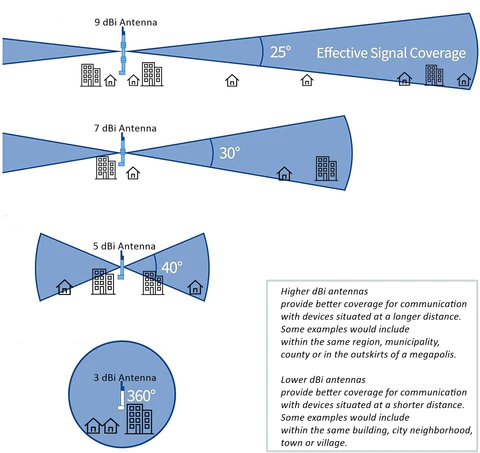Maker Perspective
For Beginners/ Aspiring Makers Arduino UNO is my recommendation, very straight forward and very easy to get started.
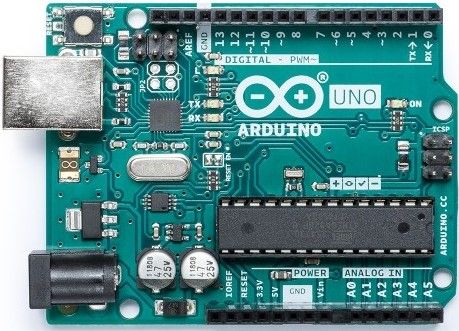
Tech Specifications
- Powerd by ATmega328P
- 14 Digital I/O Pin, which 6 provide PWM output
- 6 Analog Input Pins
- 16 MHz Clock
- 32 KB (ATmega328P) Flash Memory
- 2 KB SRAM
- 1KB EEPROM
The Arduino Uno is an open-source microcontroller board based on the Microchip ATmega328P microcontroller and developed by Arduino.cc. The board is equipped with sets of digital and analogue input/output pins that may be interfaced to various expansion boards and other circuits.

The main thing I loved Arduino is the community and peripherals That supported, also the Shields. these are boards that can be plugged on top of the Arduino PCB extending its capabilities. The different shields follow the same philosophy as the original toolkit: they are easy to mount and cheap to produce.

Another one is the IDE, The Arduino Integrated Development Environment is a cross-platform application that is written in functions from C and C++. It is used to write and upload programs to Arduino compatible boards, but also, with the help of 3rd party cores, other vendor development boards.
The Original Arduino Uno cost around $21, but you can also get clones even cheaper, but I recommend to buy original to support there mission and vision.
Website: https://www.arduino.cc/
There are some recommendations if you're into hackathons or quick prototype/POC.
ESP32/ESP8266
Others who have experience with the Arduino ecosystem, I suggest the Esperssif ESP8266 or ESP32 Low-cost WiFi and BLE* development platform, which is highly supported by the Arduino ecosystem. That means you can reuse many of the Arduino functions and libraries out of the box.
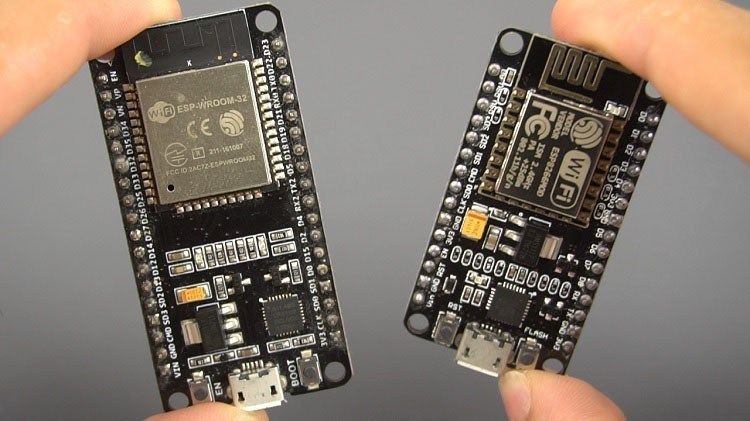
Particle Photon
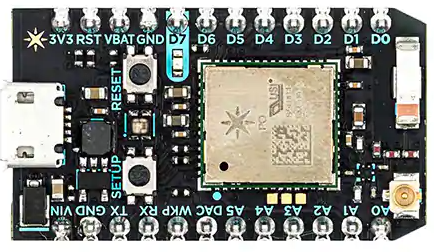
The Photon is a $19 tiny Wi-Fi IoT device for creating connected projects and products for the Internet of Things. It's easy to use, it's powerful, and it's connected to the cloud. The board is powered by a Cypress Wi-Fi chip alongside a powerful STM32 ARM Cortex M3 microcontroller.
It's very easy to quickstart, also super easy to connect with particle cloud if you project involve Cloud and Connectivity.
Website: https://www.particle.io/
If you need more computing and processing power you can check the Raspberry Pi and BeagleBoard Single Board Computers
Raspberry Pi
The Raspberry Pi is a series of small single-board computers developed in the United Kingdom by the Raspberry Pi Foundation to promote the teaching of basic computer science in schools and in developing countries Since the aim is to teach kids about physical computing and computer science, the documentation and getting started is very straight forward and simple.
There are different models of Raspberry Pi SBC(Single Board Computer) and the latest one is Raspberry Pi 4 Model B which cost starts from $35. There is also lighter version called PiZero which cost around $5
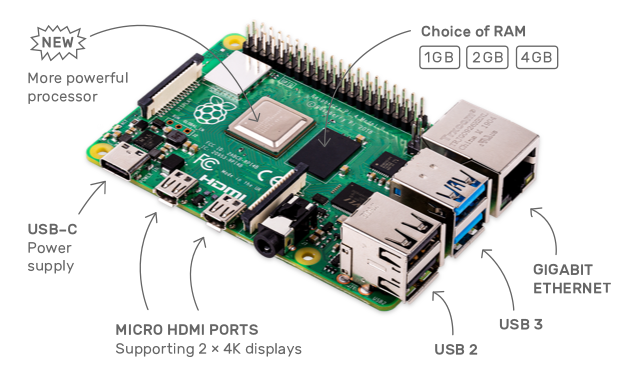
Website: https://www.raspberrypi.org/
BeagleBoard
The BeagleBoard is a low-power open-source single-board computer produced by Texas Instruments in association with Digi-Key and Newark element14. The BeagleBoard was also designed with open source software development in mind and as a way of demonstrating the Texas Instrument's OMAP3530 system-on-a-chip.
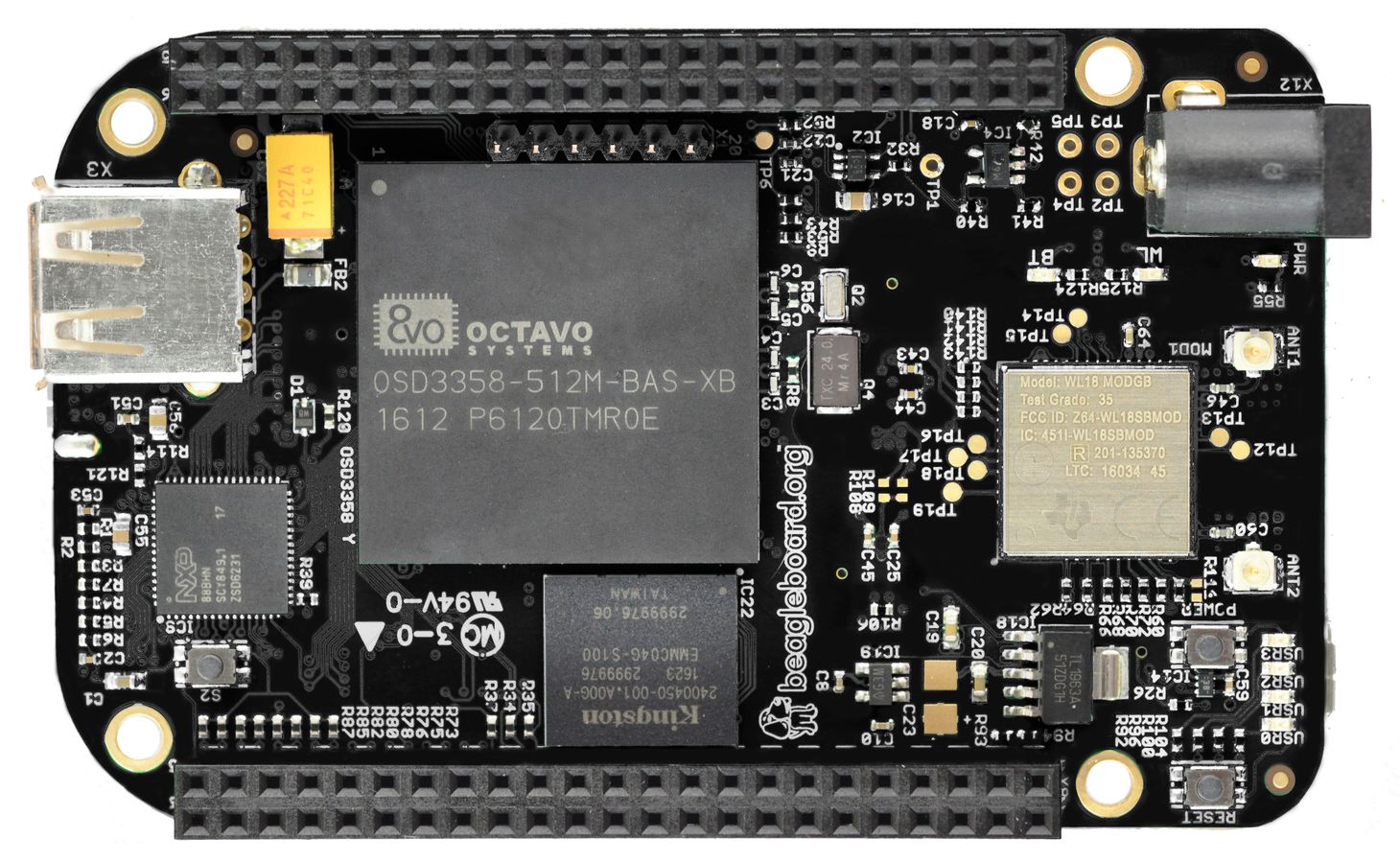
If you are a beginner and want to get started the embedded Linux development, then you need to checkout beagleboard series single-board computer.
Website: https://beagleboard.org/
The list is not over yet, I'll share more thought on the thread as a followup.



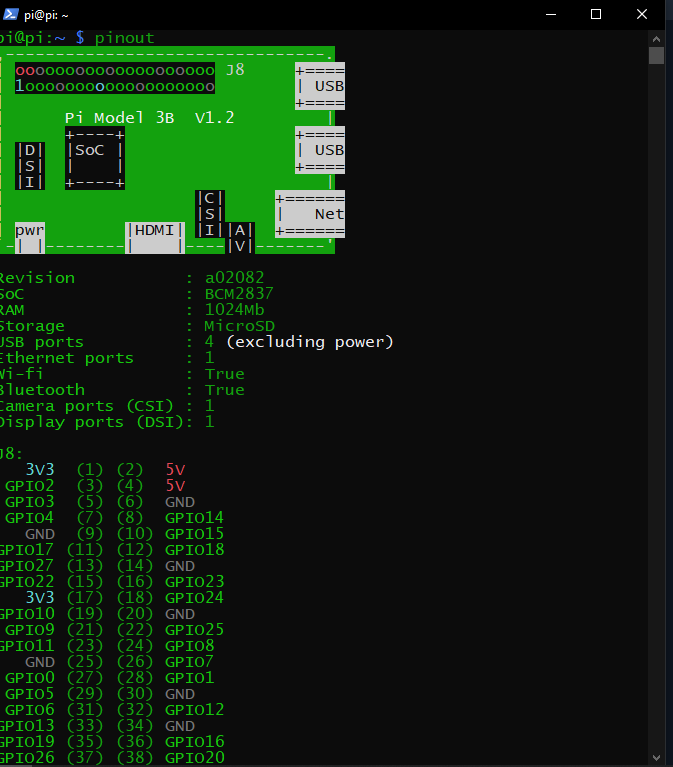
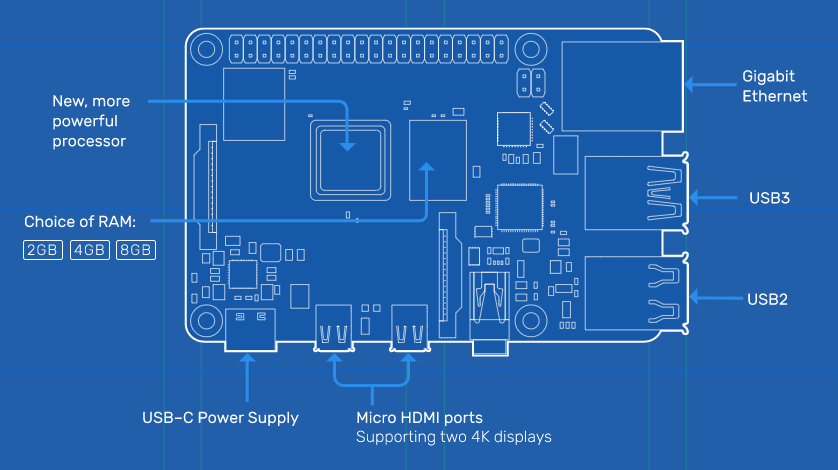




 Date: 28 and 29 August 2021
Date: 28 and 29 August 2021  Time: 8.00 PM to 10.00 PM
Time: 8.00 PM to 10.00 PM

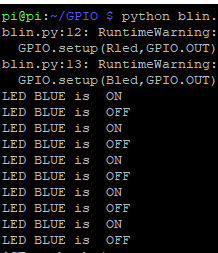
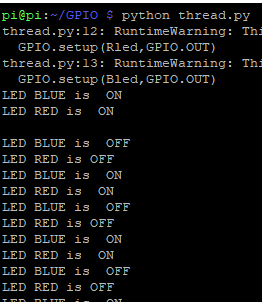
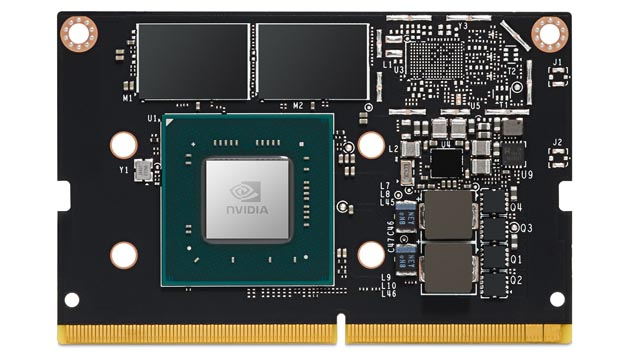
 .
.